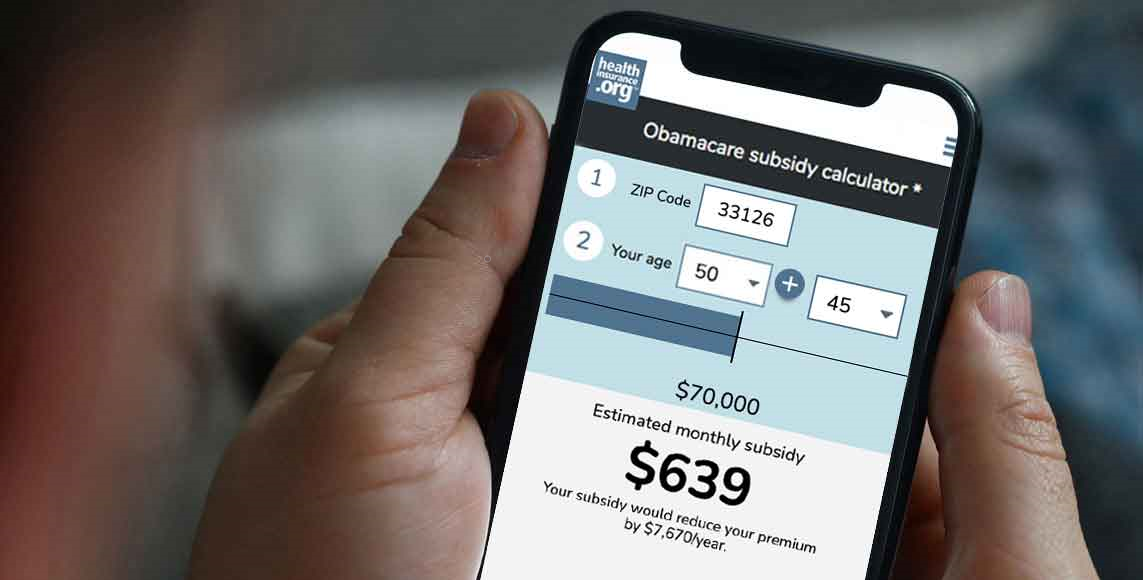
What is a Silver plan?
Under the Affordable Care Act, individual/family (self-purchased) and small-group health insurance plans are classified by metal levels: Bronze, Silver, Gold, and Platinum.
The classification depends on the actuarial value (AV) of the plan, which measures the percentage of medical costs that the plan would cover for a standard population.
Silver plans have an actuarial value of about 70%, although there’s a small de minimus range allowed: Silver plan AV can range from 68% to 72% in the small group market, and from 70% to 72% in the individual/family market.1
But the ACA’s cost-sharing reductions (CSR, also called cost-sharing subsidies) are only available on Silver plans. If a person qualifies for CSR benefits and selects a Silver plan, the plan’s actuarial value will be increased to 73%, 87%, or 94%, depending on the person’s household income. This can essentially result in a Silver plan that provides more robust coverage than a Gold or even Platinum plan, depending on the enrollee’s income.
Silver plans play a particularly important role in the individual health insurance market. The ACA’s premium subsidies (premium tax credits) are based on the cost of the benchmark plan, which is defined as the second-lowest-cost Silver plan in a given area. (Subsidies can be used to offset the cost of any metal-level plan.)
How many Marketplace enrollees have Silver plans?
Silver plans are by far the most popular metal level among Marketplace enrollees. During the open enrollment period for 2023 health coverage, more than 8.9 million people enrolled in Silver plans, out of a total of 16.4 million Marketplace enrollees (the next closest was Bronze coverage, selected by 5.3 million enrollees)2
Footnotes
- ”HHS Notice of Benefit and Payment Parameters for 2023 Final Rule Fact Sheet” Centers for Medicare and Medicaid Services. April 28, 2022. ⤶
- ”2023 Marketplace Open Enrollment Period Public Use Files” Centers for Medicare and Medicaid Services. March 2023. ⤶

Get your free quote now through licensed agency partners!







